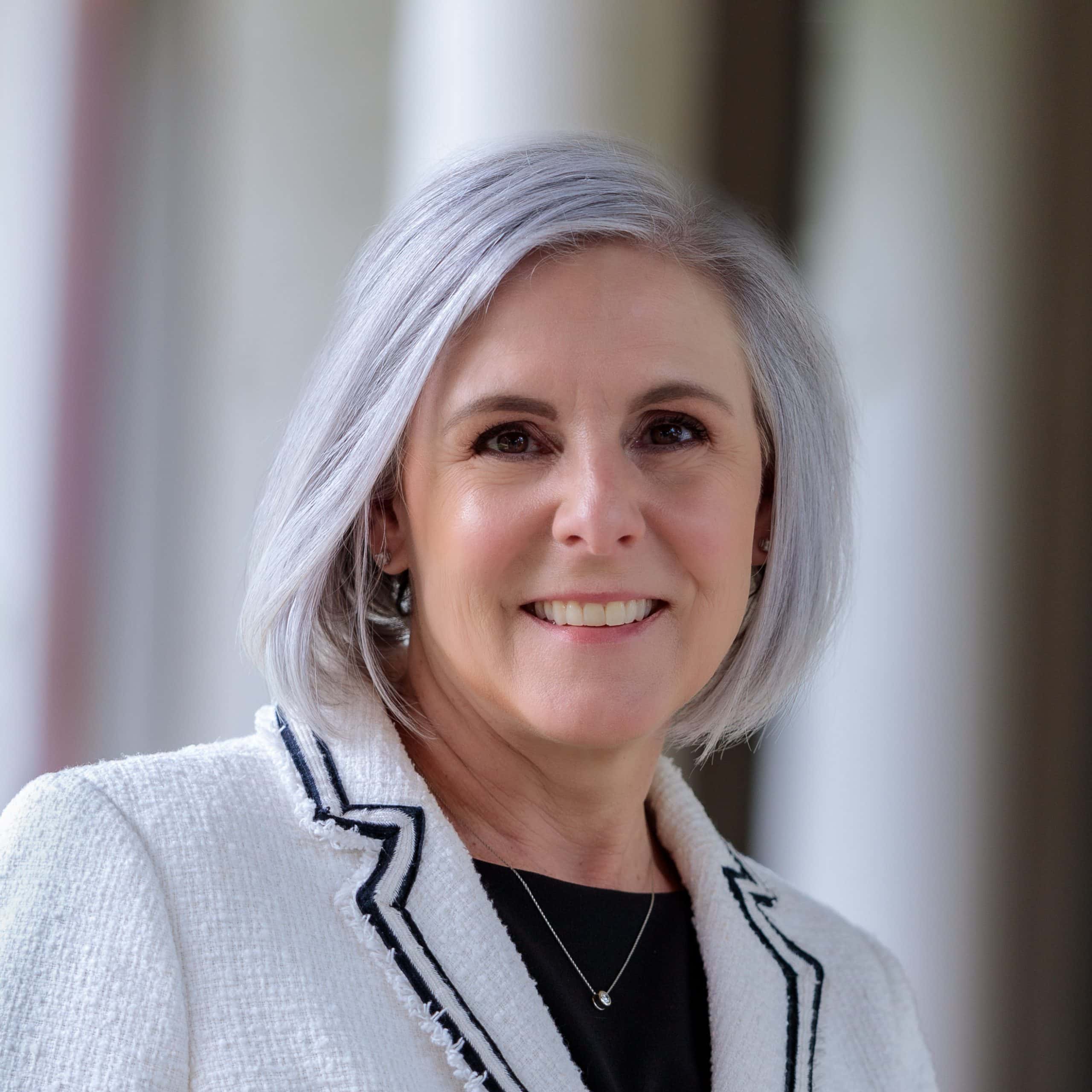
Introduction
The ASEAN Power Grid (APG) initiative marks significant progress towards regional energy integration, aligning with the Sustainable Development Goals (SDGs), particularly SDG 7 (Affordable and Clean Energy), SDG 9 (Industry, Innovation, and Infrastructure), and SDG 13 (Climate Action). The Lao PDR-Thailand-Malaysia-Singapore Power Integration Project (LTMS-PIP), the region’s first multilateral power initiative, is currently in its second phase, doubling energy trade capacity from 100MW to 200MW. Malaysia has joined Laos in exporting electricity to Singapore, enhancing regional cooperation.
Since 2022, the success of LTMS-PIP has catalyzed multiple subsea interconnection agreements, including projects linking Sarawak and Singapore, Sumatra and Peninsular Malaysia, and Cambodia and Singapore. Malaysia’s Chairmanship of ASEAN has further accelerated the APG’s momentum. At the recent ASEAN Summit, key interconnection projects, such as subsea and overland cables between Sarawak, Peninsular Malaysia, and Singapore, received strong regional consensus.
Energy companies from Malaysia, Singapore, and Vietnam signed a Joint Development Agreement to explore renewable electricity exports from Vietnam to Malaysia and Singapore via subsea and overland cables. Additionally, the Singapore Energy Interconnections (SGEI) office was established to develop and operate electricity import interconnectors, supporting SDG 7 and SDG 17 (Partnerships for the Goals).
Feasibility studies are underway for the Brunei-Indonesia-Malaysia-Philippines Power Integration Project (BIMP-PIP), alongside other subsea projects connecting Singapore with Batam, Indonesia; Cambodia; and Peninsular Malaysia with Sumatra, Indonesia. Singapore has raised its target for importing low-carbon electricity from 4 GW to 6 GW by 2035, reinforcing regional energy trade prospects and contributing to SDG 7 and SDG 13.
While the APG offers vast opportunities to harness renewable energy resources capable of meeting two-thirds of the region’s energy demand, challenges remain. Multilateral energy cooperation faces potential disputes among diverse stakeholders, underscoring the need for a formal dispute resolution mechanism to accelerate energy trade, as recommended by the International Energy Agency (2019). Currently, no overarching regional energy agreement exists to underpin such mechanisms, with policymakers favoring informal dispute resolution processes.
ASEAN’s policy-driven approach, emphasizing consultation and consensus (the ‘ASEAN Way’), contrasts with legislative frameworks in other regions, posing challenges for formal dispute resolution development. Although the ASEAN Charter includes Articles 24, 25, and 26 on dispute settlement, these remain underutilized due to unclear terminologies, insufficient funding, and limited legal support. Consequently, regional countries often resort to the World Trade Organization’s Dispute Settlement Understanding or third-party mechanisms.
Despite these challenges, establishing formal dispute resolution processes within existing APG-supporting institutions is crucial to enhancing inter-state trust and investor confidence, thereby advancing SDG 16 (Peace, Justice, and Strong Institutions) and SDG 17.
This report reviews global dispute resolution mechanisms to identify best practices adaptable to Southeast Asia’s energy sector. It highlights the necessity of dispute resolution for the APG, examines case studies from the Energy Community, the West African Power Pool, and the Energy Charter Treaty, and concludes with policy recommendations for ASEAN.
Addressing Political Trust Deficits through Dispute Resolution Mechanisms
Conceived in the 1990s, the APG aims to integrate national energy systems, harmonize market regulations, and develop regional energy institutions. The APG is geographically divided into North, South, and East zones. Currently, regional energy trade is predominantly bilateral, with only 8 of 18 key interconnection projects completed. The existing interconnection capacity stands at approximately 7,720 MW, with potential expansion to 21,769 MW.
Significance of the APG for Sustainable Development
- The APG is vital for achieving the regional target of 23% renewable energy in the total primary energy supply by 2025 (SDG 7, SDG 13).
- It enhances regional energy security, deepens integration, promotes renewable energy use, and improves grid reliability.
Challenges to APG Progress
Political, technical, and economic challenges impede APG advancement. Key political challenges include:
- Lack of Regional Trust: Stakeholders fear non-fulfillment of energy contracts, potential political disputes causing supply disruptions, and vulnerability of energy-exporting countries to tariff and demand fluctuations.
- Policy Discontinuity: Frequent government policy changes risk project abandonment, undermining investor confidence in long-term cross-border infrastructure investments.
Formal dispute resolution mechanisms can mitigate these challenges by enhancing transparency and trust, as evidenced by the African Power Pool experience.
Current Dispute Resolution Preferences and Future Needs
ASEAN currently favors informal dispute resolution via dialogue and negotiation. However, increasing complexity of multilateral projects necessitates formal regional mechanisms. The ASEAN Power Grid Consultative Committee is developing a new memorandum of understanding (MoU) to replace the 2025-expiring agreement, likely including dispute resolution protocols.
Dispute Resolution Mechanism Components
Dispute resolution in international energy trade addresses conflicts at three levels:
- Between states
- Between investors and states
- Between private parties
Effective mechanisms must be impartial, efficient, and enforceable, navigating complexities of multiple jurisdictions and regulations. Resolution methods include:
- Negotiation
- Mediation by a third party
- International arbitration (requiring agreement on applicable law, forum, and venue)
Global Dispute Resolution Mechanisms in Regional Power Pools
| Regional Market | Year Established | Total Capacity | Dispute Resolution Mechanism |
|---|---|---|---|
| Eastern Africa Power Pool | 2005 | 60.7 GW (2015) | Independent Review Board (IRB) of EAPP |
| West African Power Pool | 1999 | 14 GW (2023) | WAPP Dispute Resolution Panel |
| Greater Mekong Subregion | 1995 | 118.9 GW (2012) | Negotiations by Transmission System Operators; International arbitration under UNCITRAL |
| Central America Power Market | 2013 | 16.5 GW (2016) | Offices of the CRIE |
| Southern African Power Pool | 1995 | 62 GW | SAPP Coordination Centre |
| Nord Pool | 1996 | – | Negotiation; International arbitration under SCC |
| Pan-European Energy Market | 2005 | – | Energy Community Dispute Resolution and Negotiation Centre |
Source: IRENA (2019), ADB (2020)
The Energy Community (EC)
Established in 2005, the Energy Community (EC) governs an integrated Pan-European energy market, promoting regulatory harmonization, energy security, and environmental performance, aligning with SDG 7, SDG 9, and SDG 13. Its members include the European Union and several Southeast European countries, with observers such as Armenia and Türkiye.
The EC Secretariat created the Dispute Resolution and Negotiation Centre in 2016 to resolve disputes among private parties, governments, and investors. The Centre operates a three-step dispute resolution process:
- Opening Letter: The accused party is notified of alleged non-compliance and given two months to voluntarily comply with EC law.
- Reasoned Opinion: The party addresses non-compliance issues within two months.
- Reasoned Request: The Ministerial Council issues a legally binding decision on compliance failure, with potential sanctions including suspension of voting rights.
The Centre actively facilitates cross-border dialogue on environmental and regulatory issues, enhancing regional cooperation and contributing to SDG 16 and SDG 17.
The West African Power Pool (WAPP)
Formed in 1999 under ECOWAS, WAPP integrates electricity systems across 14 West African countries to develop an affordable regional energy market, supporting SDG 7 and SDG 9. The North Core Project, a 900-kilometre, 330 kV transmission line, is scheduled for completion by 2025.
WAPP’s Articles of Agreement establish a Dispute Resolution Panel with four resolution pathways:
- Informal advisory proceedings consulting parties individually
- Informal mediation with joint discussions and recommendations
- Formal non-binding hearings with recommendations
- Binding proceedings issuing directives and awards
WAPP combines formal and informal procedures flexibly. It also implements detailed grievance mechanisms for community impacts, such as in the Solar Development in Sub-Saharan Africa project, featuring:
- A Complaints Resolution Committee managing grievance procedures and investigations
- Environmental and Social Safeguard Officers facilitating information sharing and grievance responses
The Transit Protocol of the Energy Charter Treaty (ECT)
The ECT, effective since 1998 with 53 signatories, provides a multilateral framework for cross-border electricity trade, emphasizing investment protection and dispute resolution (SDG 7, SDG 16). Its Secretariat facilitates negotiations between conflicting parties under Articles 26 and 27.
Article 7 mandates non-discriminatory energy transit via infrastructure, aligned with GATT principles. The Transit Protocol, developed in 1998 but not yet legally adopted, aims to:
- Ensure secure, efficient, uninterrupted, and unimpeded transit
- Promote efficient use of transit infrastructure
- Facilitate construction or modification of transit infrastructure
Though political disputes have hindered adoption, the Transit Protocol addresses critical concerns about political disruptions in energy supply, supporting SDG 16 and SDG 17.
Recommendations for APG Governance and Dispute Resolution
ASEAN’s diverse political systems and economic development levels necessitate tailored approaches to energy integration. National sovereignty concerns challenge the creation of supranational institutions or binding agreements. Nonetheless, developing a binding treaty governing generation, transmission, distribution, and dispute resolution is essential to foster a law-driven regional energy cooperation framework, enhancing investor confidence and advancing SDG 16 and SDG 17.
APG Governance Structure
The APG governance involves multiple organizations, committees, and sub-committees, supported by the ASEAN Centre for Energy and the ASEAN Secretariat. Effective dispute resolution mechanisms must emerge through stakeholder collaboration within this structure.
Key Recommendations
- Conduct comprehensive consultations with ASEAN Member States to design dispute resolution mechanisms suited to Southeast Asia’s socio-economic and political contexts.
- Establish a Dispute Resolution Centre to facilitate negotiations among governments, corporations, and the public involved in cross-border energy conflicts.
- Develop clear protocols for receiving complaints, communicating with disputing parties, and managing negotiations.
- Implement a structured, time-bound dispute resolution process with stepwise escalation, arbitration guidelines, feedback, and monitoring.
- Draft specific agreements and protocols on energy transit to ensure uninterrupted supply, collaborative infrastructure development, maintenance, and protection.
- Create guidelines for grievance mechanisms addressing community concerns in cross-border energy projects, enabling timely complaint resolution.
These measures will support ASEAN’s sustainable energy transition, promote regional stability, and contribute to achieving multiple SDGs, including SDG 7, SDG 9, SDG 13, SDG 16, and SDG 17.
Source: ISEAS – Yusof Ishak Institute
For detailed references and endnotes, please consult the original document.
1. Sustainable Development Goals (SDGs) Addressed or Connected
- SDG 7: Affordable and Clean Energy – The article discusses the ASEAN Power Grid (APG) initiative, which aims to enhance regional energy integration, increase renewable energy usage, and improve energy security.
- SDG 9: Industry, Innovation, and Infrastructure – The development of cross-border energy infrastructure and interconnections is a key theme.
- SDG 16: Peace, Justice, and Strong Institutions – The article emphasizes the need for formal dispute resolution mechanisms to build trust and resolve conflicts in energy trade.
- SDG 17: Partnerships for the Goals – The regional cooperation among ASEAN countries and with other international organizations highlights partnerships to achieve sustainable energy goals.
2. Specific Targets Under Those SDGs Identified
- SDG 7 Targets:
- 7.1: Ensure universal access to affordable, reliable, and modern energy services.
- 7.2: Increase substantially the share of renewable energy in the global energy mix.
- 7.a: Enhance international cooperation to facilitate access to clean energy research and technology.
- SDG 9 Targets:
- 9.1: Develop quality, reliable, sustainable, and resilient infrastructure, including regional and transborder infrastructure.
- 9.5: Enhance scientific research and upgrade technological capabilities of industrial sectors.
- SDG 16 Targets:
- 16.3: Promote the rule of law at the national and international levels and ensure equal access to justice for all.
- 16.6: Develop effective, accountable, and transparent institutions at all levels.
- SDG 17 Targets:
- 17.16: Enhance the global partnership for sustainable development, complemented by multi-stakeholder partnerships.
- 17.17: Encourage and promote effective public, public-private, and civil society partnerships.
3. Indicators Mentioned or Implied to Measure Progress
- SDG 7 Indicators:
- 7.1.1: Proportion of population with access to electricity (implied through increased interconnection capacity and energy trade).
- 7.2.1: Renewable energy share in the total final energy consumption (explicitly mentioned target of 23% renewable energy by 2025 in ASEAN).
- 7.a.1: International financial flows to clean energy research and development and renewable energy production (implied through regional cooperation and investment confidence).
- SDG 9 Indicators:
- 9.1.2: Passenger and freight volumes, by mode of transport (relevant to infrastructure development and energy transmission capacity expansion).
- 9.5.1: Research and development expenditure as a proportion of GDP (implied through feasibility studies and innovation in dispute resolution mechanisms).
- SDG 16 Indicators:
- 16.3.2: Unsentenced detainees as a proportion of overall prison population (not directly relevant but the emphasis on dispute resolution mechanisms aligns with rule of law indicators).
- 16.6.2: Proportion of population satisfied with their last experience of public services (implied through the development of formal dispute resolution mechanisms enhancing trust and transparency).
- SDG 17 Indicators:
- 17.16.1: Number of countries reporting progress in multi-stakeholder development effectiveness monitoring frameworks (implied through ASEAN cooperation and regional agreements).
- 17.17.1: Amount of United States dollars committed to public-private partnerships (implied through joint development agreements and investment confidence).
4. Table of SDGs, Targets, and Indicators
| SDGs | Targets | Indicators |
|---|---|---|
| SDG 7: Affordable and Clean Energy |
|
|
| SDG 9: Industry, Innovation, and Infrastructure |
|
|
| SDG 16: Peace, Justice, and Strong Institutions |
|
|
| SDG 17: Partnerships for the Goals |
|
|
Source: eurasiareview.com







